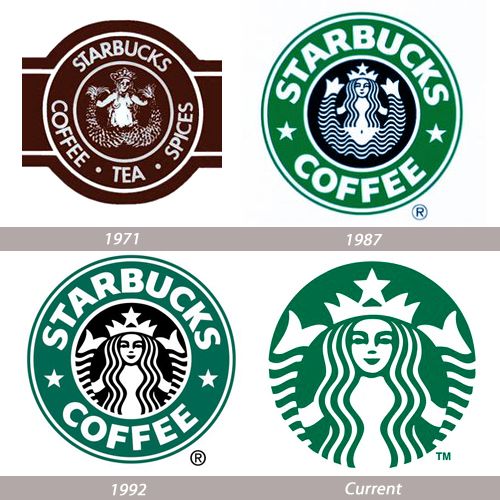A logo is the iconic, visual shorthand for your brand.
It encapsulates the essence of your brand promise in an image. But what happens when that image no longer represents where your brand is going in the future? What is the best way to make a transition from logo A to logo B? How can you gain internal support for the update and have confidence that your audience will, over time, understand your new message?
A logo encapsulates the visual essence of your brand promise. There are several types of logos that brands use.
- First, is the static visual logo that shows up on your product, package, website and all brand identity.
- Second, there are campaign logos that are temporary or transitory, that are designed to call attention to change that is happening.
- Third, there are dynamic and motion logos that animate your static ID using the strength of digital to tell a short story.
- Finally, there are ever changing logos, like GOOGLE, which get frequently updated to represent occasions, events or moments.
Let go of my Logo
It is never easy to change a logo. You have the old guard who sees it as heresy to move away from the image that helps get you to the current place where your business exists today. They want to hold onto a vision that you have invested in for years, and that has built equity.
But businesses shift strategy and need sparks. They need a visual rallying message that can lead the charge to the next mountain top. And in doing so, a brand need to evolve and change again. Sometimes the change is a simplification letting go of unnecessary visual elements like Starbucks has done over the years. The latest Starbucks logo doesn’t say Starbucks. Or, the evolution of the AT&T logo is another example of simplification and removing extraneous parts. In Google’s case, they made their logo animated in a way that shows the dynamic nature of the web world. Apple’s logo has evolved into a simpler visual icon and like Starbucks, doesn’t even include the brand name.

Steps for Success
If you are contemplating a logo design change, here are the steps I’d urge you to take. It isn’t easy, but I think it can be a proven path to success.
- Determine who gets a voice in the decision. Get clarity of who within the company gets to make the final call.
- Establish criteria before anyone puts pen to paper (or finger to keyboard). Make sure that you have some way to measure if a visualization lives up to the requirements.
- Work with an established, professional design agency that has a solid reputation for developing brand identity. Yes, there are plenty of freelancers and low costs methods to pick a font, color, and images. But, for something as important as your brand, don’t skimp on this important partner.
- Recognize that your brand is more than your logo, but you’ll probably use this logo to help communicate, often with multiple audiences, the essence of who you are. You want a logo that can visually sum up your story that can take many words to describe.
- Don’t fear to be bold, if your strategy is bold and shifting you in a new direction. Breaking through the everyday noise and clutter isn’t easy. Sometimes you need to be as visually disruptive if your brand is moving in that same direction.
- Build up a tough skin since you’ll have many shooting arrows at your ideas.
 In the end, if you are clear on who makes the decision, and what the criteria are for evaluation, don’t be afraid of following your gut. Since you are responsible for selling the idea internally and externally, you better believe in it with full-throated confidence. Everyone loves to have an opinion about logos. Listen respectfully, but don’t overreact to sharp criticism.
In the end, if you are clear on who makes the decision, and what the criteria are for evaluation, don’t be afraid of following your gut. Since you are responsible for selling the idea internally and externally, you better believe in it with full-throated confidence. Everyone loves to have an opinion about logos. Listen respectfully, but don’t overreact to sharp criticism.
Is it time for you to recreate a refreshed logo that signals where you are heading?
___________________
Need help with your brand identity? Let’s talk.
Photo: Starbucks, Google and Apple. All rights reserved.




